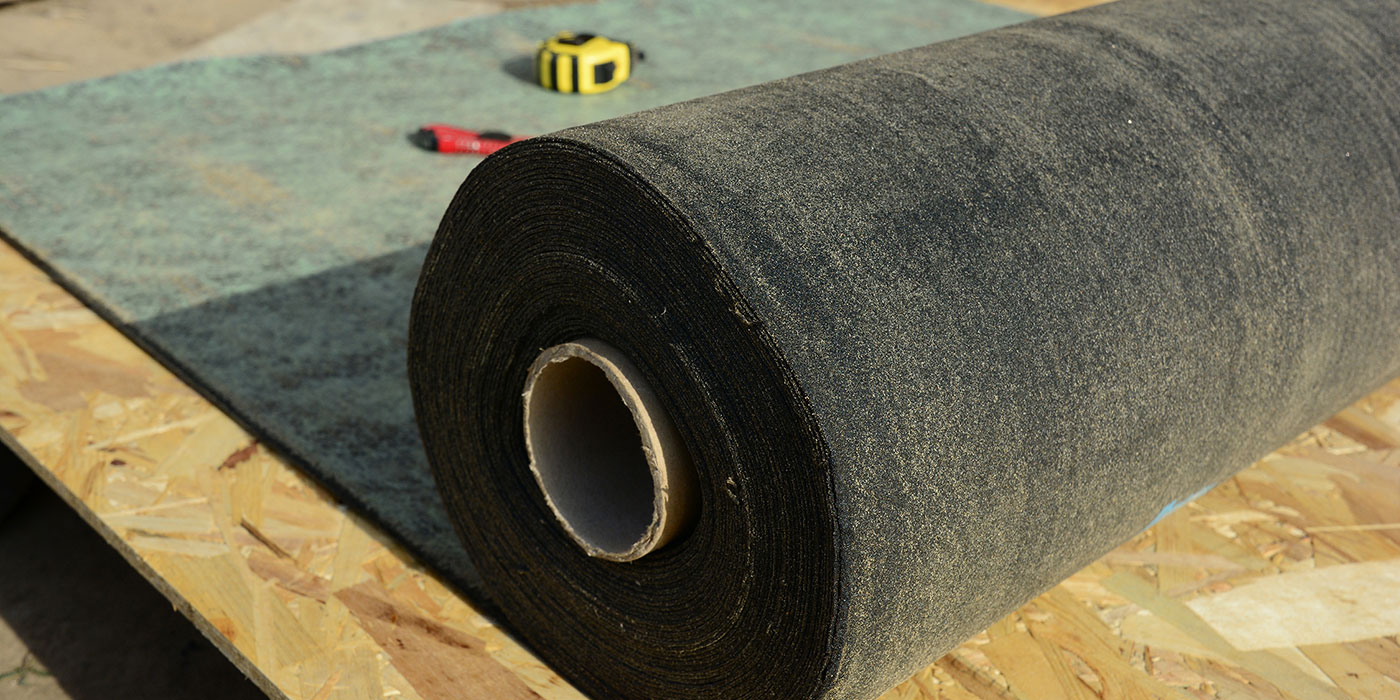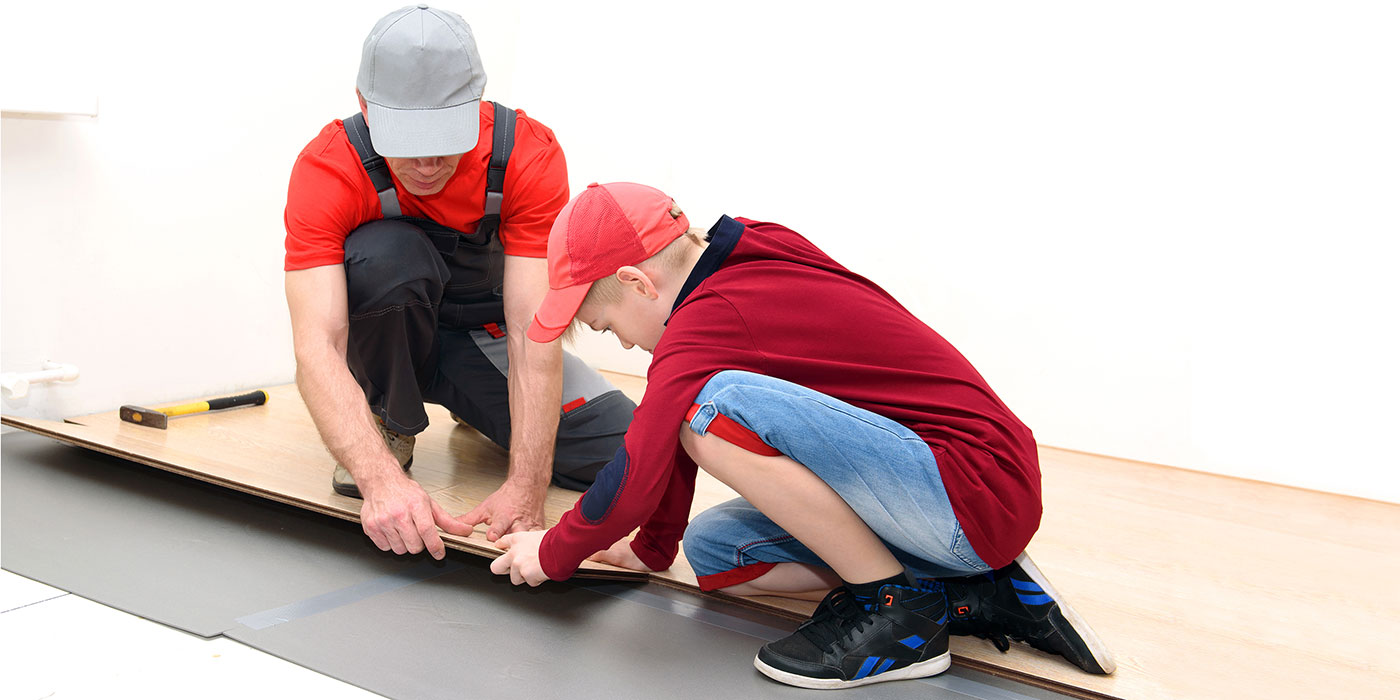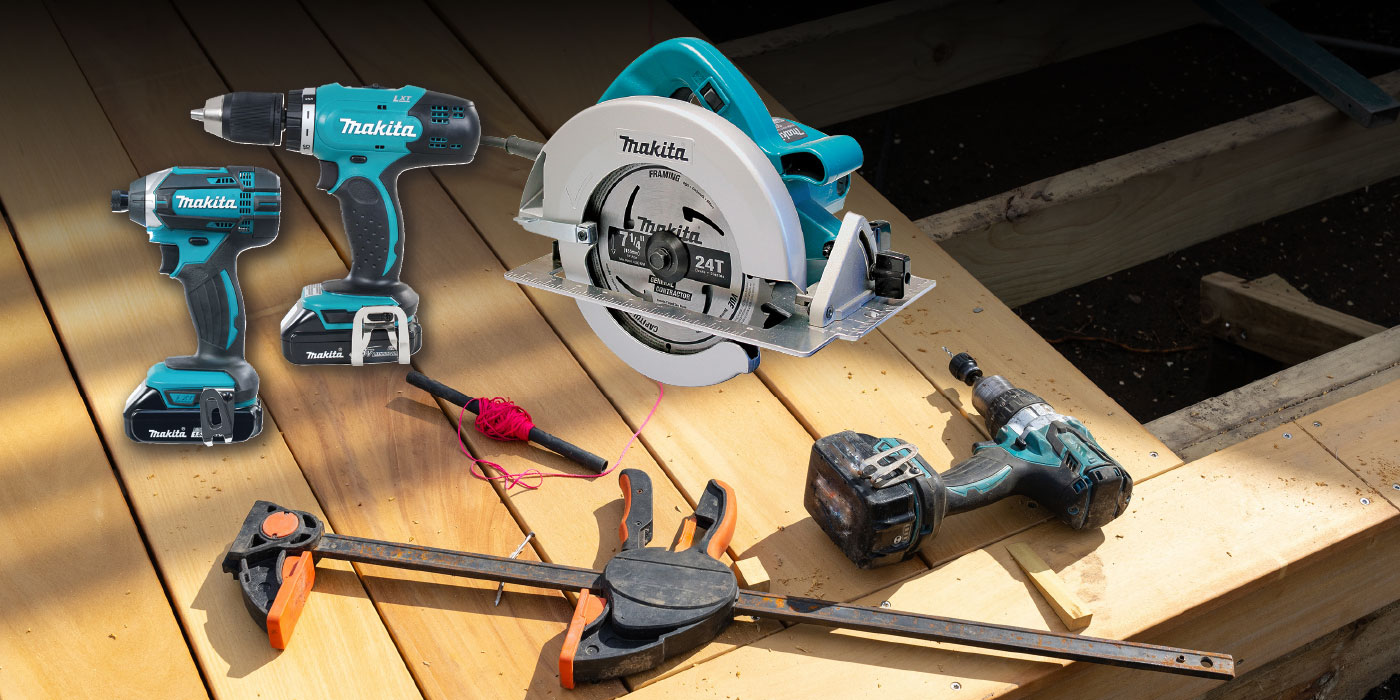Roof or attic water damage might not seem like a big deal at first, but if ignored, it can cause major damage and impact the structural integrity of your home by weakening beams and rafters. This article outlines practical steps you can take to protect your property from water damage and avoid costly repairs down the line.
1. Eave protection membrane
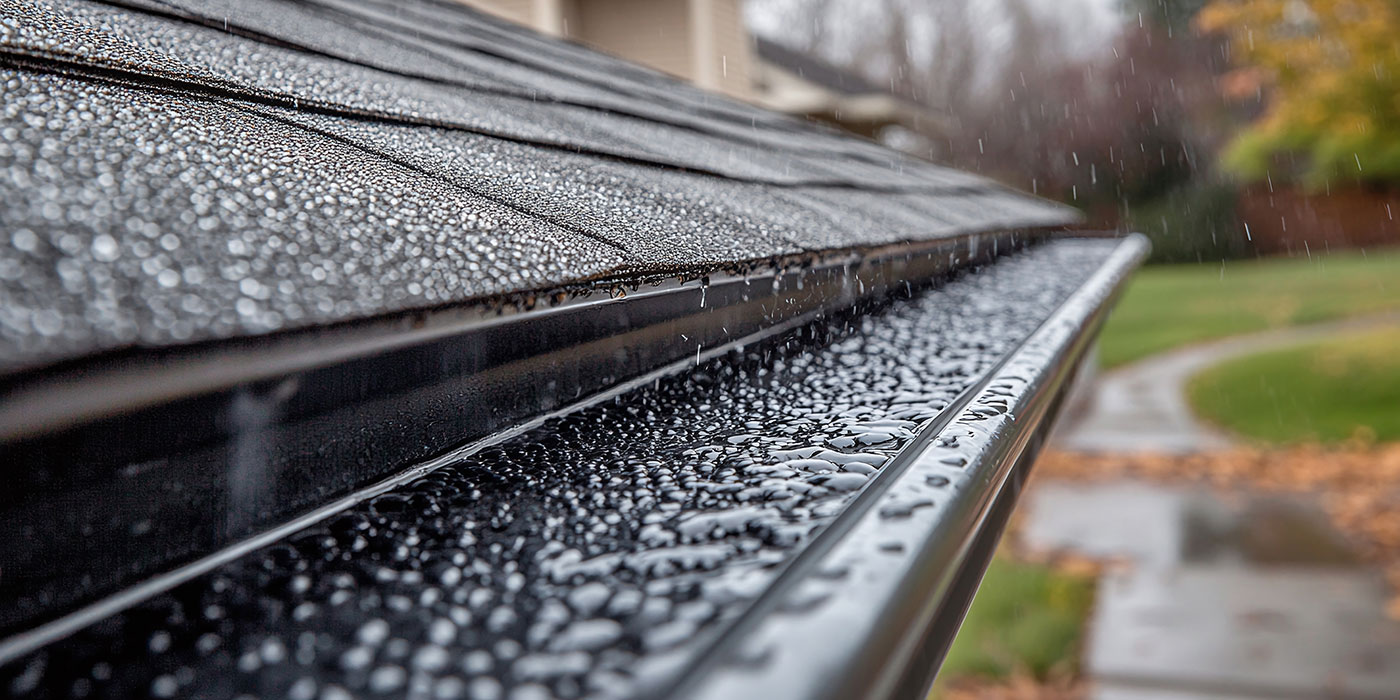
Also called ice and water shield, this is a specialized roofing material, usually self-adhering, that is installed around the edge of the roof and in valleys where two roof angles meet. It is applied directly to the roof deck, underneath the shingles, to prevent water from penetrating the roof deck and potentially damaging the roof structure. Damage often occurs during the winter months when ice dams form. Eave protection membrane acts as a barrier against water that may back up behind ice dams.
2. Attic ventilation
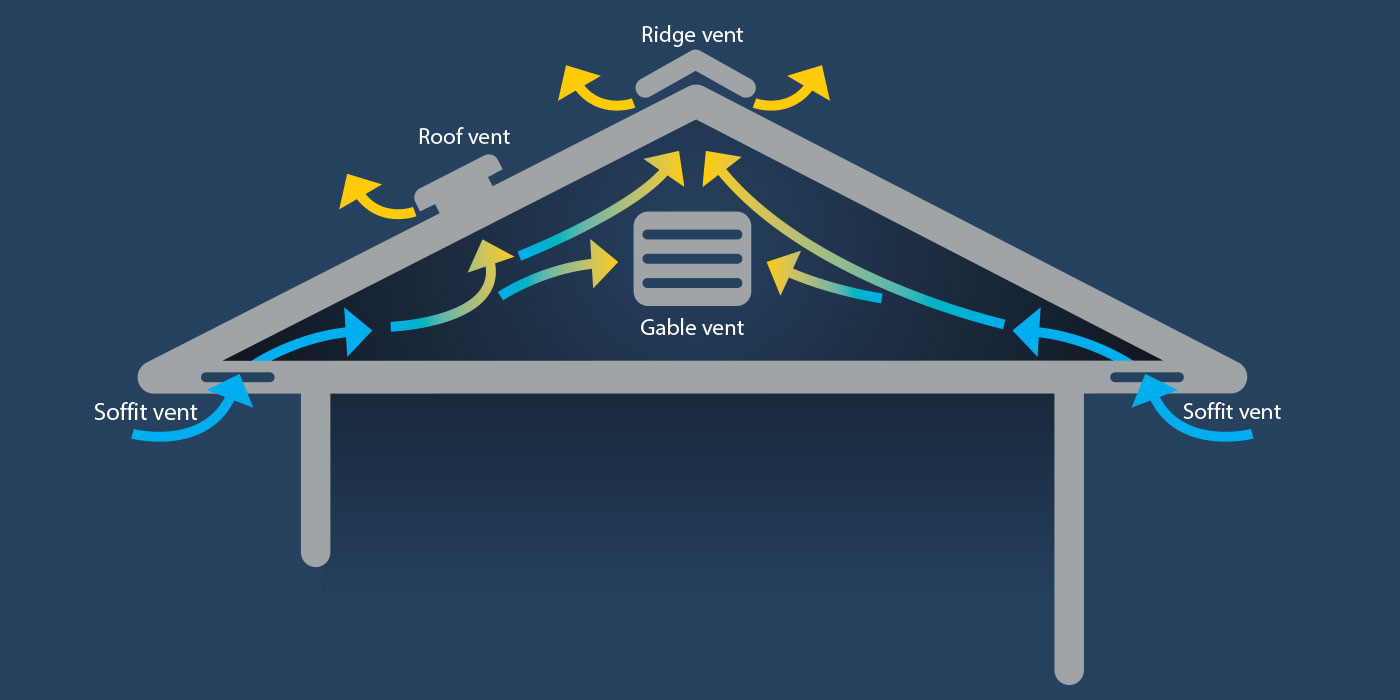
Proper attic ventilation is an important component of an energy-efficient home since it keeps your house warmer in winter and cooler in summer. It also extends the life of your roof by venting moisture from your attic to prevent rot, mould, and mildew. To ensure proper attic ventilation, your home should have both soffit and ridge vents plus gable vents if required. Soffit vents bring outside air into your attic while ridge and gable vents allow hot air to escape. This system creates airflow under the roof, which is exhausted through the ridge vent at the top. Shingle warranties may make coverage conditional on meeting minimum ventilation requirements. Consult manufacturer for specific ventilation guidelines when selecting a shingle product.
3. Roofing underlayment
This is a protective barrier, usually sold in rolls, that is installed between the roof deck and the shingles on top. Its main function is to prevent water leaks from entering the home, however, some underlayments also have insulating properties. There are two types of roofing underlayment commonly used: felt and synthetic. Both types perform well but there are differences. Felt underlayment is available in different weights with the heavier rolls more effective in extreme weather. Synthetic is a newer, more durable technology and has a higher price. It should be noted that a successful underlayment system has two components: the roofing underlayment and the eave protection membrane, as mentioned above. Both work in conjunction with each other to protect the roof.
Choosing the right materials and ensuring proper installation can help prevent costly repairs. For expert guidance and quality roofing supplies, visit your local TIMBER MART. We’re here to help make your roofing project smooth and successful!

